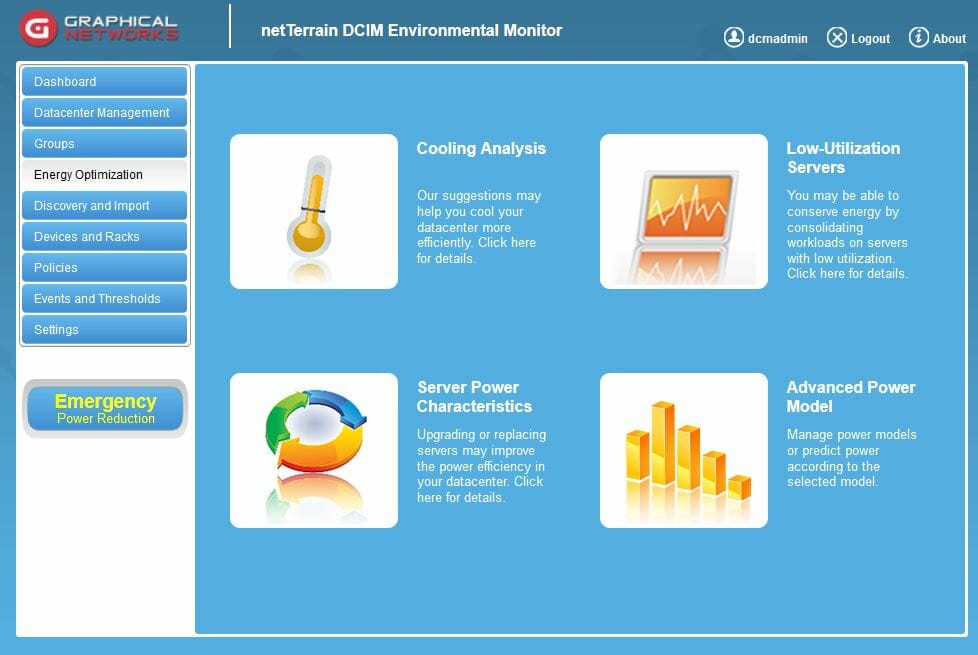 The issue of zombie servers remains a major hurdle for data centers today. According to a Stanford University study, a staggering 1 in 3 servers is – for all intents and purposes – a zombie: it’s drawing power but not performing any meaningful functions.
The issue of zombie servers remains a major hurdle for data centers today. According to a Stanford University study, a staggering 1 in 3 servers is – for all intents and purposes – a zombie: it’s drawing power but not performing any meaningful functions.
Why do I care about this costs problem haunting modern data centers — and why should you?
Simply put, zombie servers lead to:
- power efficiencies issues,
- environmental problems (increase carbon footprint),
- and capital expenditures.
Possible Ways to Solve Zombie Server Problems?
- “Why don’t we consolidate and combine zombie servers into virtual servers. Great!”
- “Let’s decommission these servers to save on power and rack space utilization.”
- “How about we repurpose the servers for upcoming projects?”
But…how can I find these servers? If you don’t know which of your assets are zombies, you can’t do anything about them. Before you figure out how to solve the problem, let’s look at how this problem happened in the first place. Lack of documentation is a major culprit. With 1 in 5 data centers today relying exclusively on thermal sensors and spreadsheets to maximize cooling efficiency, it begs the question: are there other, better, ways to maximize the power efficiency in the data center? What else can you besides doing a quarterly site surveys?
DCIM Power Monitoring tools is one way to help solve eliminating your zombie servers. For example, the netTerrain DCIM Environmental Monitoring Module, can help identify these servers. Besides finding these zombie servers, other benefits for netTerrain Environmental Monitoring Module include:
- Increase rack densities. Floor space is a precious and expensive commodity. With proactive monitoring of real power consumption (vs. nameplate power), this will allow you to oversubscribe racks and increase your rack and space density by 60 to more than 80 percent!
- Identifying idle or under-used servers. “Zombie or comatose” servers draw as much as half of the power used during peak workloads.
- Reduce cooling costs. Cooling costs are lowered by raising the room temperature through continuously monitoring devices for temperature issues.
To summarize, if you have servers and you’re not documenting what you have…you stand to save power and cooling costs by decommissioning devices that have been drawing power but not serving any function. In fact, the need to document and get actionable insights has become so great that United States Federal Government now requires all federal data centers to use DCIM in order to lower PUE. At Graphical Networks, we offer netTerrain DCIM-EM ; with netTerrain DCIM-EM, our customers have brought about a significant decrease in power and cooling resources….by as much as 30%. If you are ready to find out what you have (and what you can kick to the curb)….and where you can consolidate — it may be time to look into DCIM software combined with the power of environmental monitoring.
